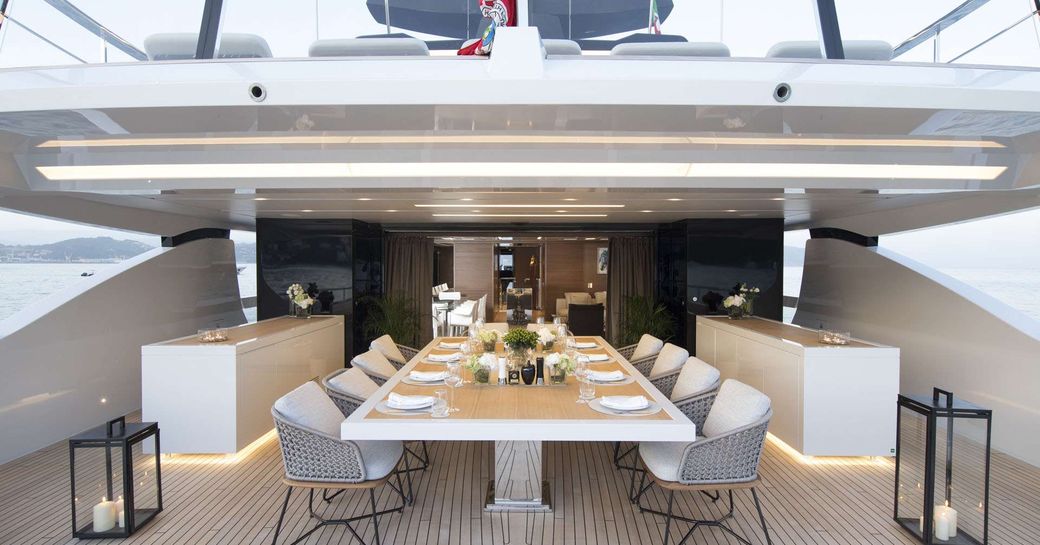Architecture is constantly evolving and new trends are emerging all the time. In recent years, there have been several notable trends in architecture that are shaping the way buildings are designed and constructed.
One trend that has gained popularity in recent years is sustainable architecture. This approach to design and construction emphasizes the use of environmentally friendly materials and building techniques, as well as the incorporation of energy-efficient systems. This can include the use of renewable energy sources such as solar panels or wind turbines, as well as the incorporation of green roofs or living walls. This approach not only reduces the environmental impact of a building but also saves energy costs for the building owner.
Another trend that has emerged in recent years is the use of technology in architecture. Building Information Modeling (BIM) is a digital representation of a building that allows architects and builders to collaborate more effectively. Additionally, virtual reality (VR) and Augmented Reality (AR) are becoming more common in architectural design, allowing architects to create more realistic and immersive designs, and allowing clients to visualize their buildings in a more lifelike way.
Another trend that is becoming more prevalent is the incorporation of nature in architecture. This can include the incorporation of natural light, the use of natural materials, and the creation of indoor-outdoor spaces. This approach is often referred to as biophilic design and it aims to create a more harmonious relationship between buildings and the natural environment.
The trend of prefabrication and modular construction is also gaining popularity. This approach involves the construction of buildings using pre-fabricated components that are manufactured off-site and then assembled on-site. This can lead to faster construction times, lower costs and increased precision and quality control.
Another trend that is gaining popularity is the concept of “tiny houses” or micro-apartments. This approach to housing prioritizes efficient use of space and minimalism, and is often seen as a response to the rising cost of housing and the need for more affordable and sustainable housing options.
Lastly, there is a growing interest in adaptive reuse and repurposing of existing buildings. This trend involves the conversion of older, often abandoned buildings into new uses, such as residential, commercial, or community spaces. This approach not only reduces the environmental impact of new construction, but also preserves historical and cultural heritage.
In conclusion, architecture is constantly evolving and new trends are emerging all the time. The trends mentioned above are just a few examples of the many ways in which architecture is changing. As technology and our understanding of sustainable design continue to evolve, architects will have even more tools at their disposal to create innovative, sustainable and efficient buildings. These trends will shape the future of architecture, making buildings more environmentally friendly, more efficient and more livable for the people who use them.



